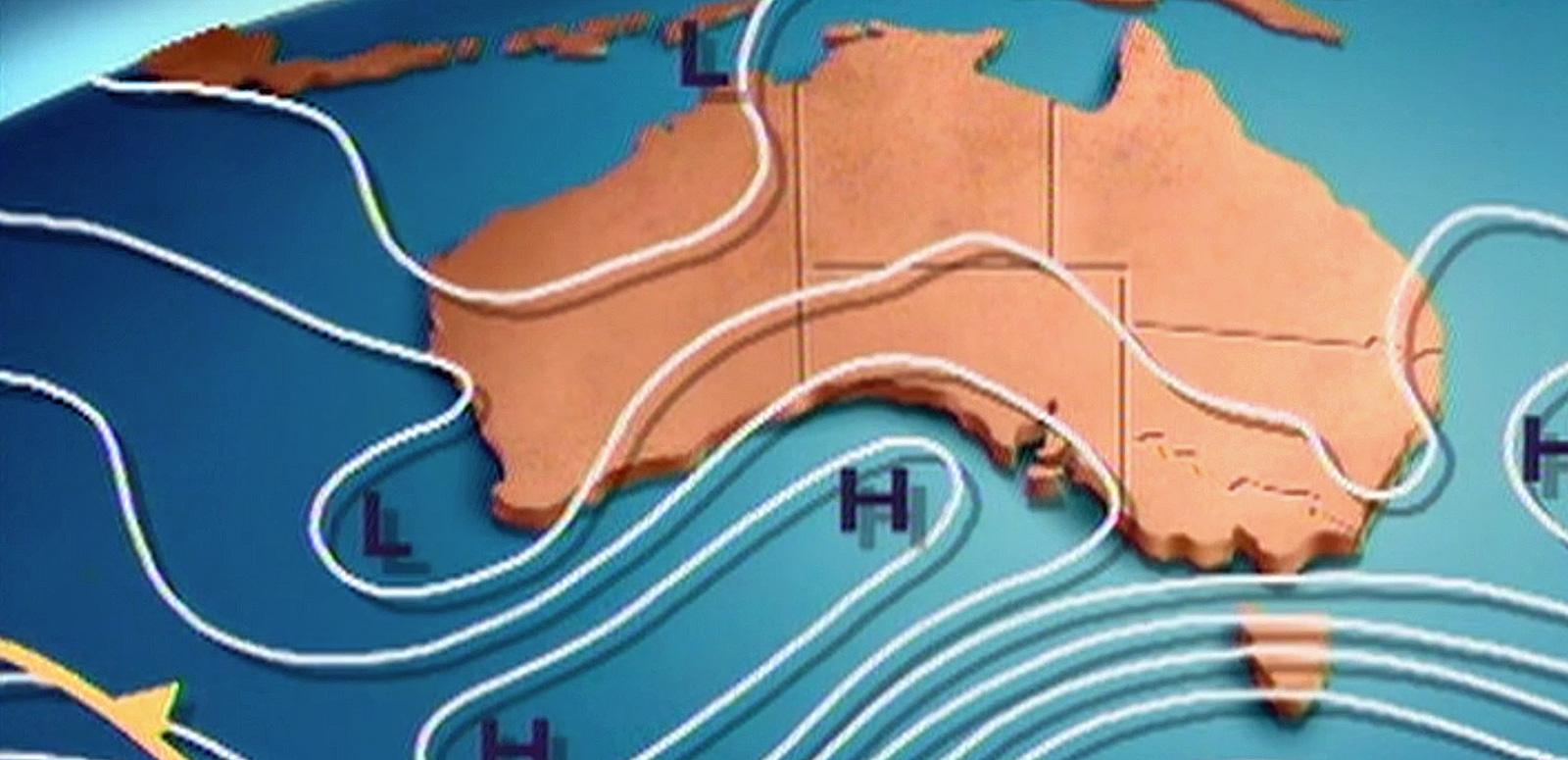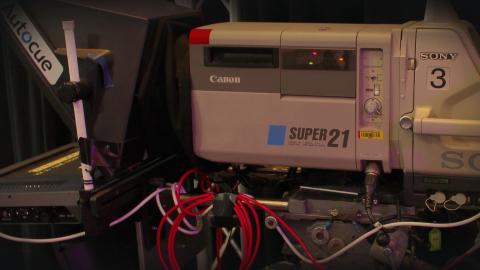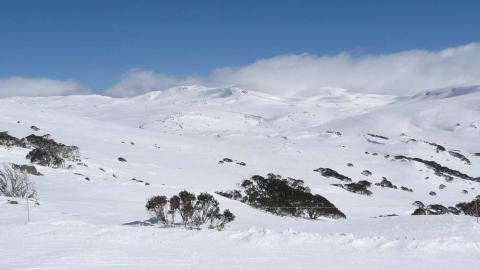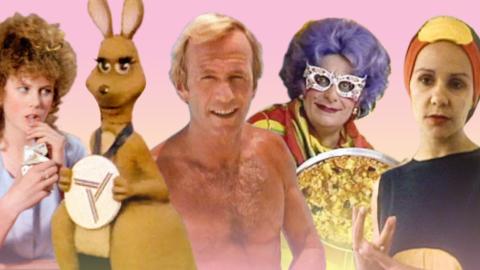

A Change In the Weather
Australian TV Weather Presenters
As part of our Newscaf series, celebrating 30 years of the NFSA Television News and Current Affairs Program, we take a look at how the humble weather report has changed on Australian television throughout recent decades.
A matter for meteorologists
In the 1960s and early 70s weather reports around the country were mostly presented by young and attractive 'weather girls' – often young models, entertainers or actresses, such as Robina Beard, Ilona Komesaroff and Anne Wills, who once famously presented the weather while wearing a bikini.
But by the mid-to-late 70s and into the 1980s, weather presenting became the domain of meteorologists and seasoned news reporters. Predominantly middle-aged and male, they appeared at the end of the half-hour evening news bulletin equipped with maps, whiteboard markers, magnets and pointers.
Australians from coast to coast trusted the likes of Kevin Arnett, Mike Bailey, Ray and Alan Wilkie to provide a serious, comprehensive look at the weather forecast around the country.
Alan Wilkie, with black marker in hand, shows us how it was done in 1976 for Seven Nightly News using hi-tech, rotating weather maps and the latest imaging from Macquarie University:
Alan Wilkie presents the weather, Seven National News, 3 August 1976. NFSA title: 501. Courtesy Seven Network
Good morning, weather!
By the late 1980s and early 90s, the weather report had been hijacked by morning television. Very soon, stuffy was out and zany was in! Cue the often madcap antics of Brian Bury and Monte Dwyer of Today show fame who turned weather presenting into entertainment and upped the ante for other morning shows to follow.
In this clip, Good Morning Australia’s Tony Murphy does his best to deliver the weather report on the program’s final show, on 14 December 1990. The set is being dismantled around him by a mischievous Ron Wilson as presenters Mike Gibson, Kerri-Anne Kennerley, Mike Willesee and Tim Webster look on.
This clip also gives a brief behind-the-scenes glimpse at the early green screen technology that had replaced the cumbersome maps of previous decades:
Tony Murphy presents the weather, Good Morning Australia, 14 December 1990. NFSA title: 544171. Courtesy Network Ten
Working with dinosaurs and pigs
As the Noughties rolled around and competition between early morning television programs became fierce, we saw the rise of the roaming weather reporter. Out of the TV studio and on location stepped personalities such as Tim Bailey, Grant Denyer, sports reporter Emma Freedman and actor Steve Jacobs.
These segments became more than just a weather report; they were produced in order to entertain and often included stories about events, causes, travel, food and lifestyle.
In the next clip Steve Jacobs has some fun behind-the-scenes at the live theatre show Walking With Dinosaurs, sharing jokes with Today presenters Jessica Rowe and Karl Stefanovic:
Steven Jacobs behind-the-scenes of 'Walking With Dinosaurs', Today, 5 December 2006. NFSA title: 737914. Courtesy Nine Network
In the clip below, Sunrise's Grant Denyer reports from an old country pub in Tasmania where we meet the pub's owner and her beer-drinking pig:
Grant Denyer presents the weather from Tasmania, Sunrise, 3 March 2013. NFSA title: 1139635. Courtesy Seven Network
While the travelling weather reporter has remained a staple on morning television over the last two decades, weather presenting in the evening news bulletin has continued to evolve. Networks have experimented with different types of presenters, including a return to qualified meteorologists. Long gone are the physical markers and pointers used by the likes of Alan Wilkie; instead, these have made way for new and interactive technologies like the studio 'Weather Wall' and audience-generated images.
Newscaf highlights some of the significant and intriguing stories in the NFSA's television news collection that have been digitally preserved for future generations to explore.
The National Film and Sound Archive of Australia acknowledges Australia’s Aboriginal and Torres Strait Islander peoples as the Traditional Custodians of the land on which we work and live and gives respect to their Elders both past and present.


